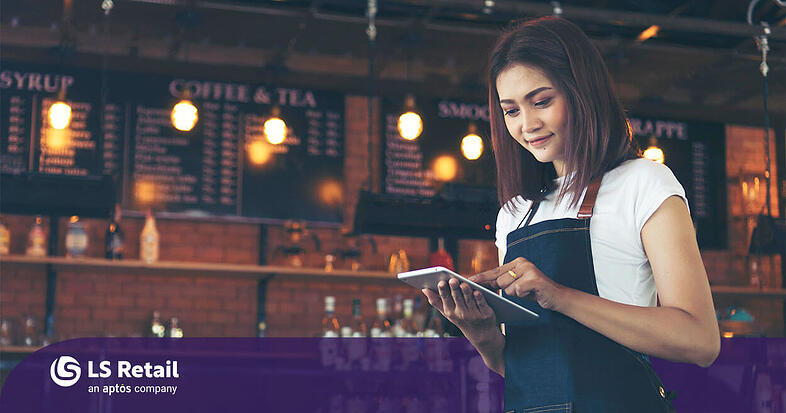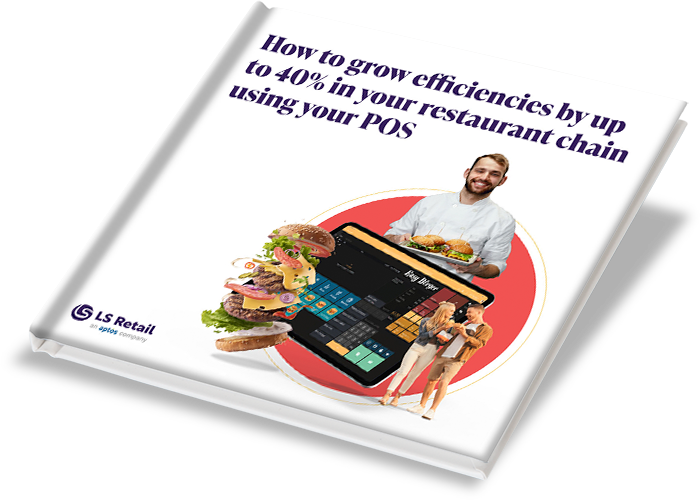The past few months have been dubbed a ‘brutal time’ for hospitality, with bars and restaurants across the world having had to close due to lack of staff.
In the UK, a quarter of pubs, restaurants, and hotels were forced to close, according to a survey by UK Hospitality. It’s a similar picture across Asia, with labor shortages overshadowing the economic recovery in Japan, Malaysia, Singapore, and more. In Canada, a whopping 80% of food service operators have difficulties hiring kitchen staff, and 67% have trouble filling serving, bar-tending and hosting positions, according to a survey by Restaurants Canada.
“If this does not get rectified soon as possible, it's going to further damage our industry,” said Philippe Massoud, a New York restaurant owner, in an interview with CNN. “The mere fact that we are unable to open fully because of the labor shortages is going to hurt us in the long term.”
While some restaurants have no other choice than to close their doors, others are turning to technology to stay open and keep serving customers. Here are five ways restaurants have been using technology in the front of house and kitchen to reduce workload, speed up tasks, and simplify jobs.
Enabling employees to do more in less time by connecting front of house and kitchen
When all your employees have easy access to all the information they need with no delay, they can perform their tasks more effectively and – crucially – at speed. For example, by using a restaurant management system that connects the POS to the kitchen display system (KDS) in the kitchen, you can save your front of house staff a lot of time. Servers no longer have to run back and forth between the restaurant floor and the kitchen to take tickets, ask the chef if the steak is still available, or check whether a dish is ready. Orders are sent automatically from the POS to the kitchen displays, and routed straight to the relevant chef. The system has a two-way communication, so front of house staff can see if a dish is being prepared, and they are alerted when the orders are ready to bring to the table. And as everything is connected in real time, servers can see at the POS if the fish of the day is finished without having to run back and forth.
The result? You can operate more effectively, even if you have fewer people on the floor.
Increasing job satisfaction by giving access to accurate information
Waiting tables can be a very stressful job. And running back and forth from the kitchen, relaying information between the chef and the customer, and possibly dealing with mistakes and disgruntled guests, will add to the stress
With a POS device that gives them real-time information about available dishes, their ingredients, and the real-time preparation status of a specific order, your servers will waste less time and have more precise information to give guests. Having this kind of visibility will can help reduce stress and increase work satisfaction. And when servers have all the answers, guests are happier too, which may mean more praise and higher tips.
Making training faster
If you use multiple software systems to run different elements of your restaurant business, you will need to train different people on separate systems – and sometimes, training specific members of staff on multiple software solutions. As a result, training can be time consuming and costly for you, and complex for the employee, who needs to remember how to perform operations on many separate interfaces.
IIf you use a unified platform to cover all areas of your business – back office, purchasing, POS, staff scheduling, menu management, inventory – then you only need to train staff once on that specific software.
And if you use a solution that allows you to design the POS to follow your menu, you can make training even faster, especially for employees who are already familiar with your brand and menu. LS First gives you the ability to use color coding, so servers can easily spot different types of items (for example, steaks are red, while fish dishes are blue). You can also to lay out the POS in exactly the same way as the menu, making order taking streamlined and intuitive.
Staff at Cracker Barrel in the US are realizing these benefits. With LS First in its 660+ locations, the restaurant chain now has a uniform user interface for employees, no matter whether they are managers, servers, hostesses, or retail employees.
Because the system is so intuitive, staff training times have reduced significantly. In fact, some servers reported that they were able to get up to speed in just 15 minutes. This is a big benefit in an industry with fast staff turnover.
Letting customers self-serve
According to research from Tillster, two in three (65%) customers say they would visit a restaurant more regularly if it had self-service options.
This is great news for your business. Self-serve options such as kiosks, tablets, or online ordering, mean you need fewer people on the restaurant floor. These kind of solutions can also help reduce queues – a well-known source of customers’ frustration and even walk-outs. Studies in quick service restaurants have also highlighted that customers tend to spend more when they order at a kiosk than when they order with a human server. The difference was substantial, with guests spending up to 30% more at McDonald’s and 20% more at Taco Bell, Modern Restaurant Management reports.
Optimizing labor usage and scheduling
Planning shift can be a laborious and time consuming jobs for restaurant managers. And if schedules are managed manually, it’s easy to end up with too many or too few people in the restaurant – and to finish the month above budget. If you use a smart staff management software you can optimize the usage of labor and scheduling. The right system will help you build schedules that work for you and your team, taking into consideration various elements such as costs, expected number of guests, employee vacations and sick days. With the right system, you can even take into account the popularity of the specials, the time of year, the weather forecast, or if there’s a big game on at a stadium nearby.
This means that you will always have the optimum amount of staff at work – a saving grace in the current climate.
Why choose LS Retail to help you achieve all this?
LS Central and LS First are built with the exact needs of the restaurant industry in mind. They can help you unify all of your business functions within one platform, and compensate for labor shortages at the same time.
With LS Retail’s solutions you can:
- Connect the POS and the kitchen, saving time and removing needless running around.
- Empower employees with information, minimizing the chance of mistakes.
- Make training incredibly simple thanks to an intuitive user interface that mirrors your menu.
- Roll out more self-serve options, to improve guest satisfaction and take the pressure off front of house.
- Build and manage labor schedules in the same platform you use for everything else.
Want to know more? Get a personalized demo of our unified platforms for restaurants LS Central for SMB or LS First for enterprise-size companies.


